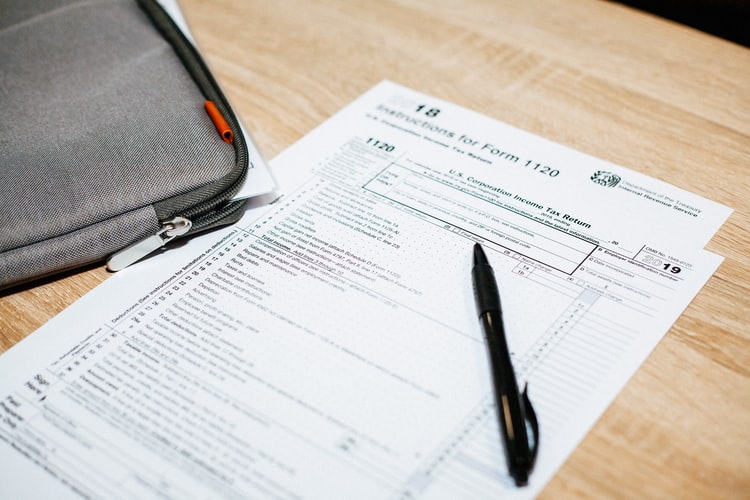Each firm must take a vendor risk assessment to defend it from possible danger. This article discusses the steps you need to take.
The Steps To Take For Vendor Risk Assessment
The risk assessment of the vendor is often known as the risk evaluation of third parties. This is a function that helps businesses pick and oversee their partners in the business. Here are the following steps that could help you:
Learn Forms of Vendor Risk
All the forms of danger you can face when it comes to such a business deal need to be known. Before you can even start analyzing third-parties. Ignoring all of these ways will make you panic if anything goes wrong.
- Risk of Technique
- Danger in Money
- The Compliance Risk
- Geographical Threat
- Technical Danger
- Subsequent Danger
- Resource Danger
- Chance of Replacement
- Functional Threat
- Trustworthy Risk
Determining Risk Criteria
You identify all the future forms of danger now. So for the third-party assessment, you may need to define risk guidelines. It will depend on what kind of business the company does. Much as the retailer does too.
Assess Every Service or Product
A full view of the possible danger is given by assessing both the business and the object. This can help you decide. Choosing either to set up a business relationship with them or not.
Get The Experts’ Assistance
Get assistance in some parts of the business from individuals. Since they recognize the day-to-day risks in their profession and practice guidelines. They can also at a finer point, assess the potential risk of a supplier.
Get perspectives from the specialists at:
- Operation
- The Financing
- Protection
- IT
- Action from the judiciary
Test All Vendors
The tests of resellers are not exclusively for smartphones and delivery networks. Before you try to engage with them every vendor must also be evaluated. Even no longer how large or small or what type of product or service they offer.
Separate Suppliers By Risk Level
You will calculate the overall risk level if you have evaluated the seller. Dividing potential suppliers from levels of risk will assist. To quickly determine whether to work with them or not. Also if so, step up the planning process for risk analysis.
Develop A Policy Of Risk Management
Establish a plan as to how it can be achieved by the company. And how it mitigates any future threats posed by a third party to it. Then you can respond quickly and will do the damage if a tragedy strikes. Possible threats and key jobs for intervention should also be included in the methodology. Including the employee’s names or positions responsible for each of them.
Keeping Up To Date Mostly With Rules
Cut ties with any supplier who is reluctant to update their processes. About why? Since you might be held responsible for the breach of their compliance.
Take Periodic Assessment
You must assess them on a monthly or quarterly basis depending on the vendor’s risk rate. Continued monitoring and appropriate research can help. In order to assure that market partnerships are safe and beneficial to both sides.

